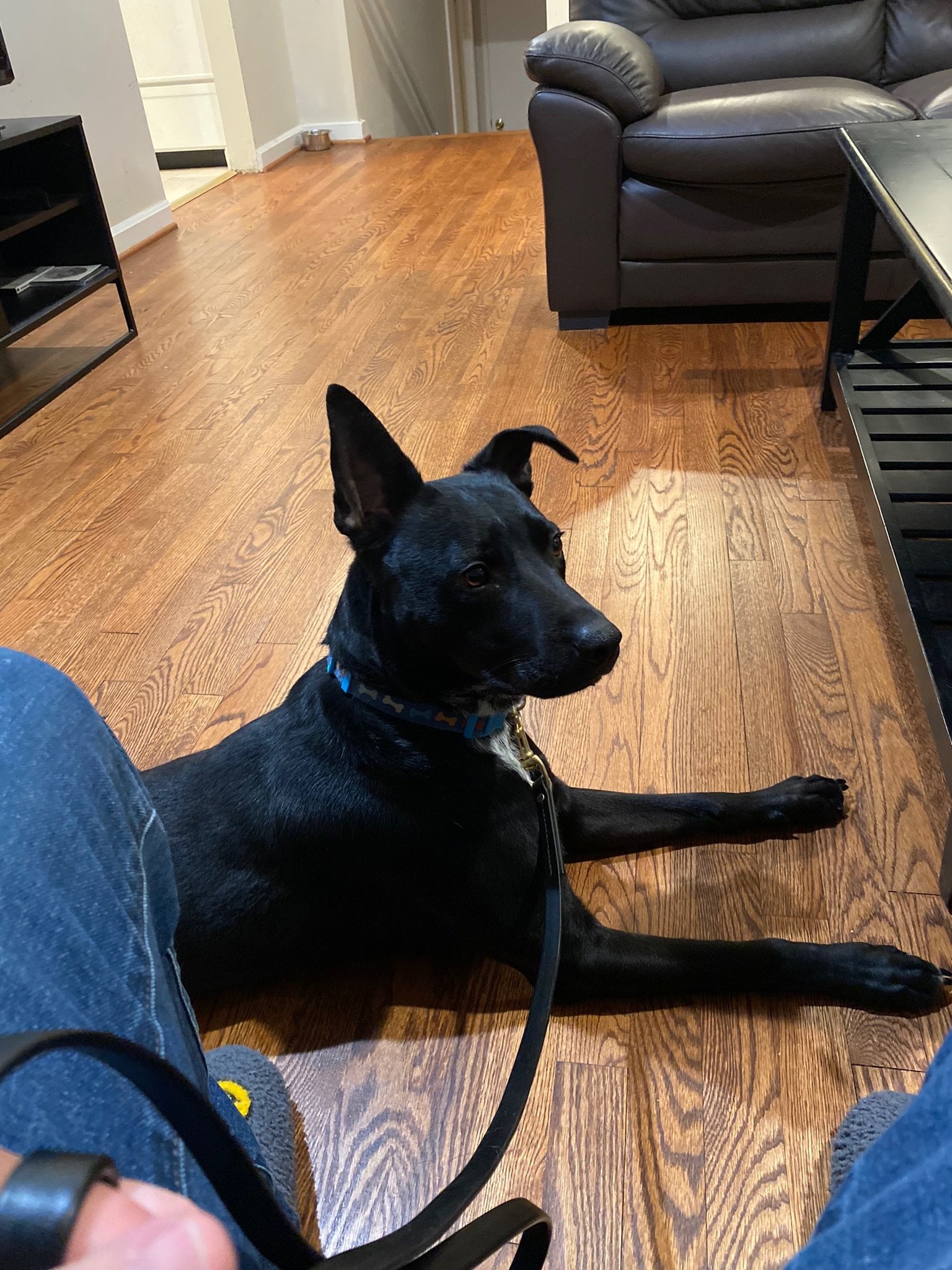As dog owners, we often shower our furry companions with affection—petting, cuddling, and praising them for being the loving creatures they are. These interactions help us feel connected to our dogs and can make being a pet parent rewarding.
However, what happens when this well-intentioned affection contributes to some behavioral issues in our dogs? The relationship between the amount of affection we provide and our dogs’ behaviors is complex and requires a closer look.
The Role of Petting in Our Relationship With Dogs
Petting serves many purposes: it communicates love, reinforces bonding, and can even help reduce stress for humans and dogs. From a behavioral perspective, however, petting can have unintended consequences.
Dogs are highly attuned to their owner’s actions and emotions, and they often interpret petting and praise in ways we may not intend. For example, many dogs may misinterpret our affection as a signal that they are allowed to engage in unwanted behaviors.
So, if you pet your dog while they are barking at a passing squirrel, your dog may come to see this behavior as acceptable or even desirable. Instead of communicating comfort or calm, your affection becomes a reinforcement for inappropriate actions.
The Problem With Excessive Affection
Giving a dog too much affection can create confusion about the hierarchy within the human-dog relationship. Some dogs may interpret a high volume of physical affection as a sign of permissiveness or even submission from their owners. This can lead to behaviors that range from mild disobedience to more serious behavioral problems, such as aggression or anxiety.
When a dog feels too comfortable or thinks they have the upper hand in the relationship, they may behave in ways that can be detrimental to both the dog and the owner. A dog’s perception of what is acceptable behavior can shift dramatically based on the signals they receive from their owner.
Reinforcement: The Double-Edged Sword
The saying “you get what you pet” captures the essence of this issue perfectly. Affection can be just as powerful a form of reinforcement as treats or rewards. When we pet our dogs, we inadvertently tell them that what they are doing at that moment is acceptable.
Going back to the squirrel example, if your dog is fixated on a squirrel and you are petting them, they may interpret your affection as approval for their behavior—a signal that you want them to chase that squirrel.
Consider this scenario: you’re walking your dog, and they begin to pull toward a distraction, like another dog or a squirrel. If you respond by bending down to pet them while they’re pulling, you reinforce their focus on that distraction. This makes it more challenging to correct their behavior later, as they’ve already associated that kind of focus with positive reinforcement.
Finding Balance: The Solution
The key to addressing this issue lies in being more mindful about when and how you show affection to your dog. Here are a few strategies to help you balance giving your dog affection and withholding pets.
Be mindful. Be aware of the context in which you are petting your dog. If they are behaving in a way you don’t want to encourage, such as barking, lunging, or fixating on other animals, it’s best to refrain from rewarding them with affection at that moment.
Use your voice. Instead of using physical affection to comfort or praise your dog, consider verbal cues. Calmly saying “good dog” or “leave it” can be just as effective, if not more so.
Redirect attention. If you catch your dog fixating on something undesirable, redirect their attention to you with a command or a treat. This helps them learn to focus on you instead of external distractions.
Timing matters. Timing your praise and affection is crucial. Make sure to reward your dog for positive behavior, like sitting calmly or walking nicely on a leash, rather than giving attention for unwanted behavior.
Be consistent. Ensure your dog has a clear understanding of acceptable behaviors through training and consistency. A well-structured approach to training can help reinforce the behaviors you want to see while minimizing unwanted ones.
Learn More About Dog Behavior With Nova Pack Dog Training
It’s essential to recognize how our affection for our dogs can unintentionally shape their behavior. By being mindful of when and how we offer praise and petting, we can give our dogs the love they crave without inadvertently encouraging problematic behaviors.
Learn more about your dog’s behavior and overcome common issues with Nova Pack Dog Training. We work with dog parents to help them reinforce positive behavior and reduce negative ones with the right approach. Contact us today for a consultation!




